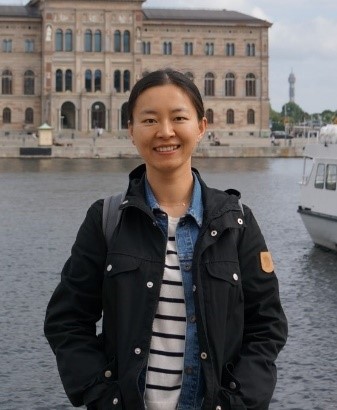Invited Speaker

Prof. Qian Wang
Department of Environmental Science and Engineering, Guangdong Technion – Israel Institute of TechnologySpeech Title: Application of NMR spectroscopy on characterization of phosphorus speciation in sewage sludge
Abstract: Sewage sludge is a promising resource for the recovery of phosphorus (P), an essential nutrient for agricultural production but with finite phosphate rock reserves. To select the optimal P recovery practice, it is imperative to understand the detailed P speciation in sewage sludge. In this study, advanced liquid- and solid-state NMR spectroscopy were used in combination with conventional analytical techniques (e.g., powder X-ray diffraction, scanning electron microscopy, and sequential P extraction) to elucidate the P speciation in the sludge throughout three municipal wastewater treatment plants (WWTPs). Liquid-state 31P NMR analysis showed that organophosphate (organic-P, 37-45%) and inorganic orthophosphate (ortho-P, 53-61%) dominated in the primary sludge; a significant amount of polyphosphate (poly-P, 23-44%) was formed in the secondary sludge due to the function of poly-P accumulating organisms (PAOs). After anaerobic digestion, inorganic ortho-P became the dominant P species (90-95%) in the sludge since most poly-P and organic-P were hydrolysed. This variation of P speciation throughout the WWTPs was consistent with the solid-state 31P NMR analysis. Moreover, solid-state 27Al NMR spectra of the sludge after Al-based chemical P removal revealed that the Al-bound P existed in the form of phosphate adsorbed on Al (hydr)oxides. The NMR spectroscopy provides important information for P speciation in the sewage sludge, and this will facilitate the implementation of optimal P recovery technology in WWTPs.
